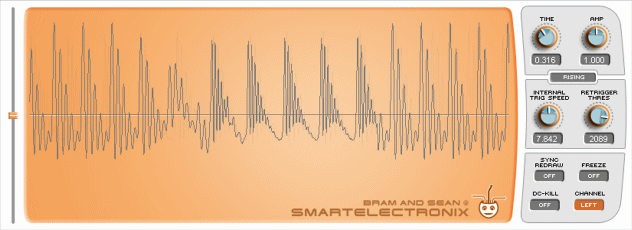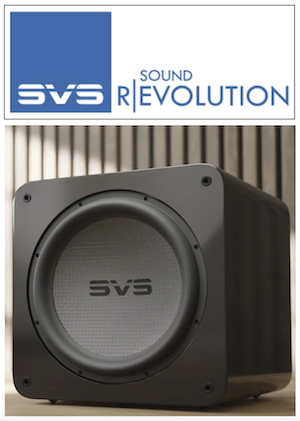Jean Ibarz
New Member
Thread Starter
- Joined
- Jun 23, 2017
- Posts
- 40
More
- Preamp, Processor or Receiver
- Computer
- Main Amp
- Gemini XP3000
- Additional Amp
- Samson SERVO 600
- Other Amp
- Samson SERVO 200 and Yamaha STR-DB840
If we are describing bass decay as the ringing caused by the modes then of course eq does. It solves for both the amplitude (initial peak) and phase (ringing tail). Normal IIR filters fully resolve ringing caused by modes, which was the point of this article.
I wrote this article 2 years ago and it was peer reviewed by a number of experts at the time. As recently as a week ago Todd Welti took a look at it and had nothing negative to say.
we were discussing the math behind why this works, where he pointed out that if you take the denominator of the close formed room and multiply it by a filter transfer function of the peak, it will cancel it it the pole(s) from the Denominator. It does this For every location in space of the closed form room. This is all linear mathematics. A room is generally minim phase at low frequencies. If you insert an inverse filter to obtain a flat magnitude response, you will in turn have a flat phase response. That means no ringing.
the omni mic comment doesn’t apply here either. That only applies at higher frequencies. This article only concerned ringing in the bass. At bass frequencies the room is generally a reverberant field dominated by reflections rather than direct sound. The ear cannot and does not resolve individual reflections much below 500hz and certainly not at all below 100hz. That means that below 100hz what we measure is what we hear.
May graphics are fine and they show what I claim they show. I have no idea where the mdat file for this is, it’s a 2 year old article and the file is long lost I’m sure. If you feel you can repeat this experiment and somehow show something different, feel free. As I noted, this was peer reviewed so if you come up with something different, be prepared to have it scrutinized. Your claims seem to assume the room is mixed phase, which at low frequencies is generally not true. I have measurements of 100’s of rooms and I’ve never seen any significant mixed phase behavior below 100hz.
Well you seem to be sure of you, so ok, I'm fine.
However, I have to react to this statement:
That means that below 100hz what we measure is what we hear.
that would be certainly true if we had one ear, but as we have two ears, the doubt is permitted: what we hear is probably related to the 2 sound pressure signals at each eardrum, combined together with visual cues, temporal information, knowledge, and anything else.
I made binaural measurements in my room some time ago, and we can clearly see the differences in amplitude between the two ears at some frequencies around 100-200hz, caused by "semi"-stationary waves establishing in some direction non perpendicular to the two ears.
Here are the evaluations for each ear:
I obtained the measurement by putting on my head some headphones "very open" (you hear nearly the same with headphones weared or not). Then I played sinus in on line-array placed in front on me at about 2 meters, in my treated room (very absorbant: RT60 ~50-100ms for mid-high frequencies and very good absorption at low frequencies compared to most rooms), and I adjusted with a gamepad and my own custom software the amplitude and delay between each headphone driver in order to get perfect "perceived" sound cancellation. I estimated the amplitude error at about 0.1dB, which we should add the dissemetry between L/R headphone drivers that were not calibrated. In the end, the differences between what is perceived between left ear and right ear is sensitively different and it is not perceived by a single microphone.
be
In a more reverberant room, I bet you would get high sound pressure amplitude differences between the two ears.
Last edited:
















